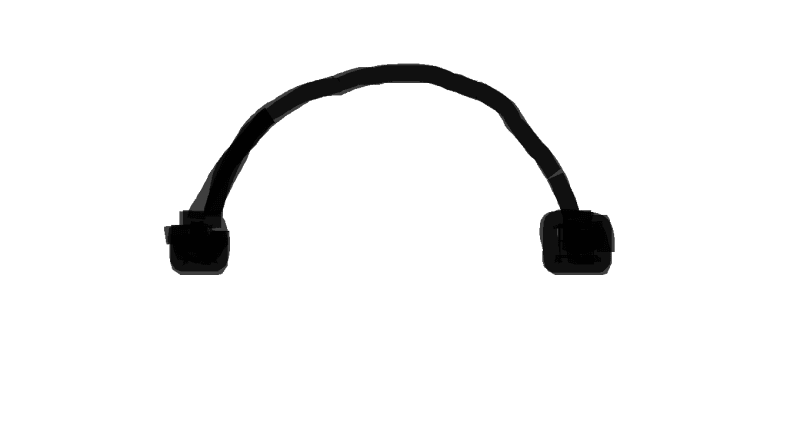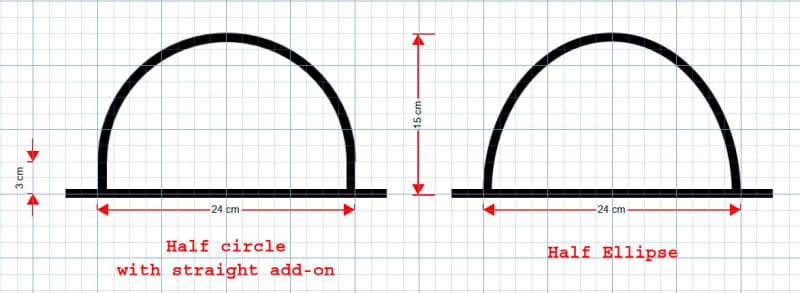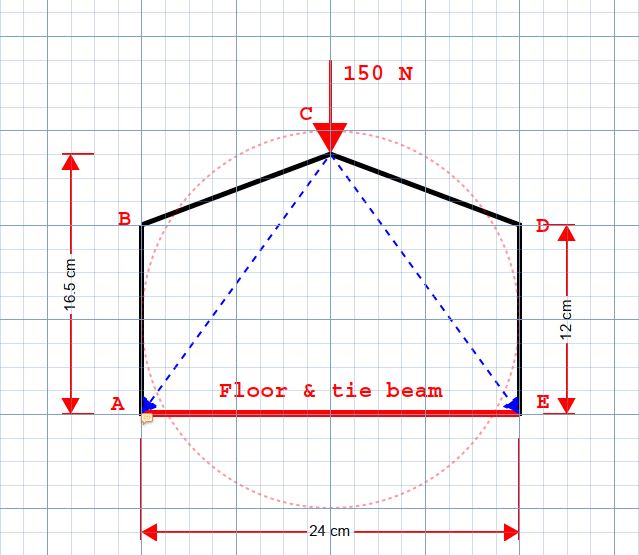the bloody clark
Student
- Nov 9, 2022
- 10
Ok so as an engineer if you were to choose between constructing an object made up of straight lines ( cube, cuboid, etc.. ) or constructing an object that is made up of curves ( cylinder, sphere, etc .. ) which one would be easier to do and less consuming to the materials ?
if the design you're making requires more balance " taken into consideration that the balance is increased by increasing the width of the base of an object or by lowering the center of gravity " so if the design is half a cylinder would it be more functional to increase the length of the radius or leave the radius as it is and put 2 blocks in the shape of a cuboid beneath the semi-cylinder without increasing the radius making the center of gravity lower than the design where is the radius increased as the center of gravity is at a distance calculated by the rule 4r/3π and which one will be easier ?
if the design you're making requires more balance " taken into consideration that the balance is increased by increasing the width of the base of an object or by lowering the center of gravity " so if the design is half a cylinder would it be more functional to increase the length of the radius or leave the radius as it is and put 2 blocks in the shape of a cuboid beneath the semi-cylinder without increasing the radius making the center of gravity lower than the design where is the radius increased as the center of gravity is at a distance calculated by the rule 4r/3π and which one will be easier ?




![[bigsmile] [bigsmile] [bigsmile]](/data/assets/smilies/bigsmile.gif)
